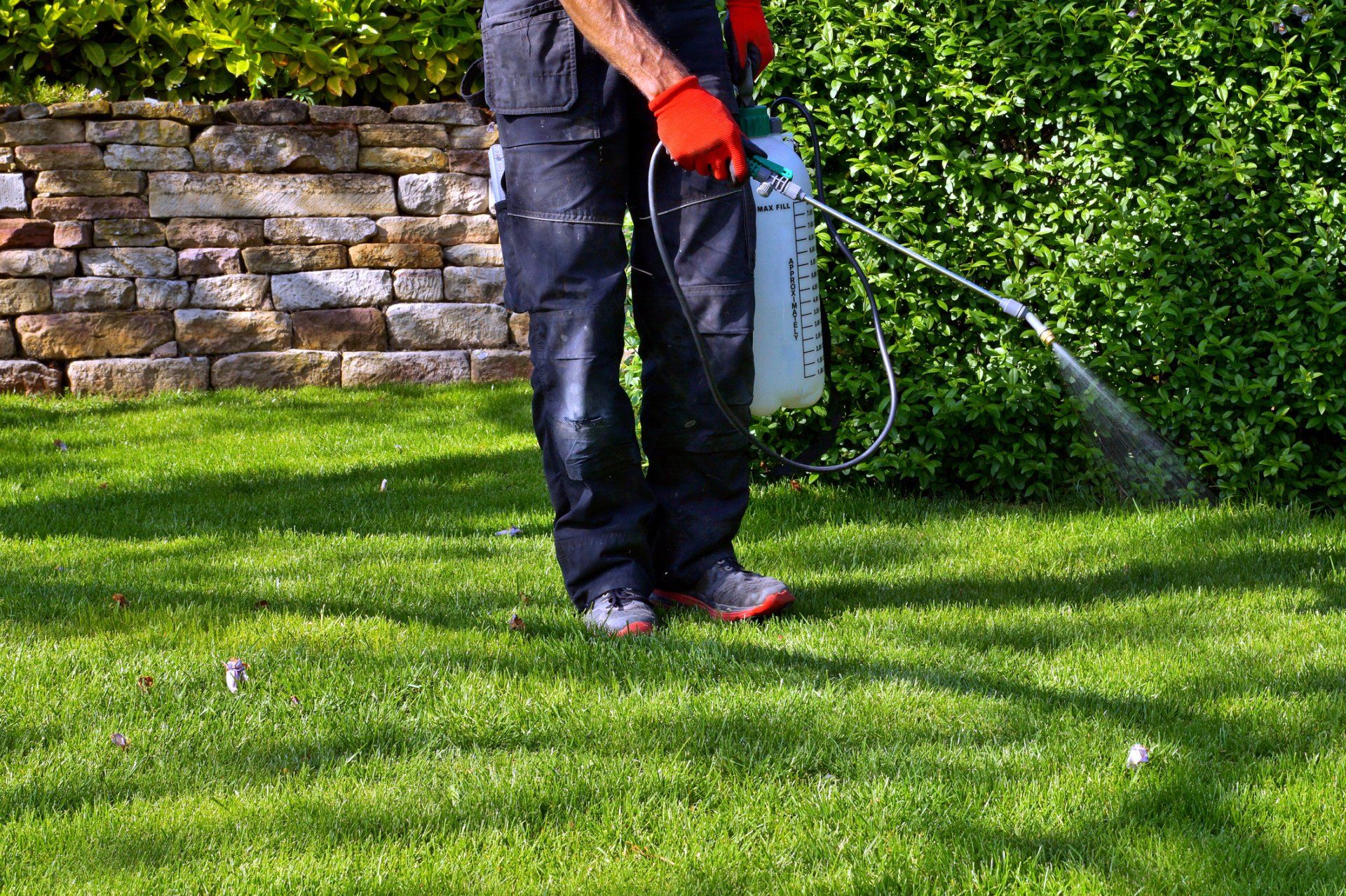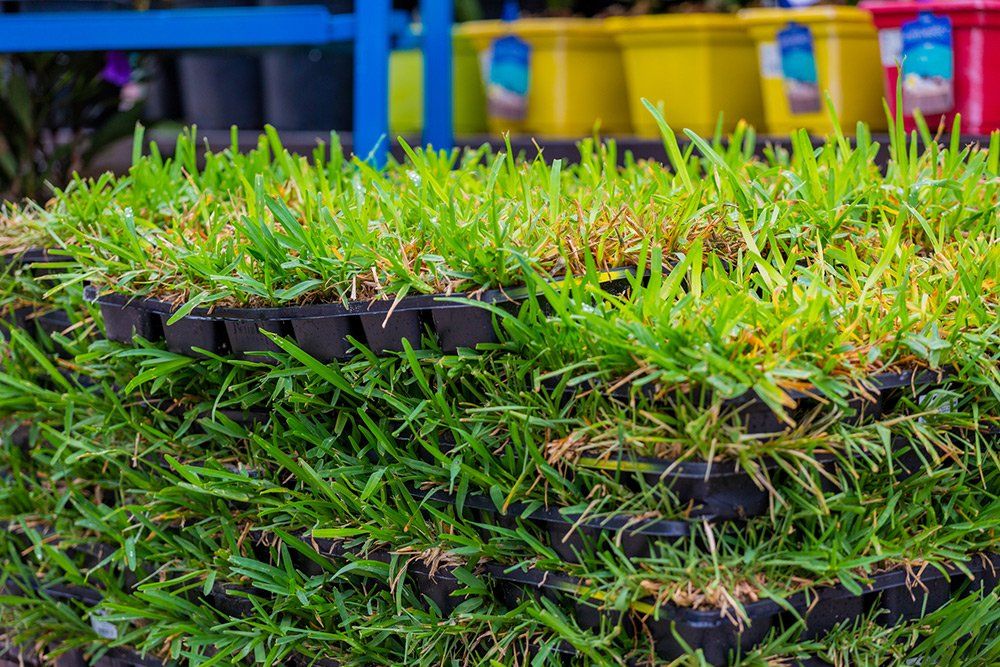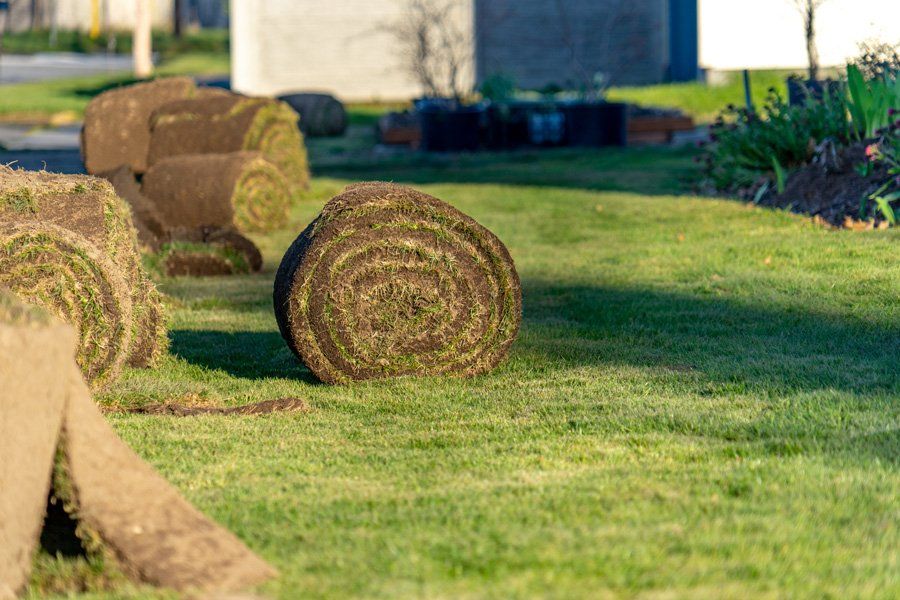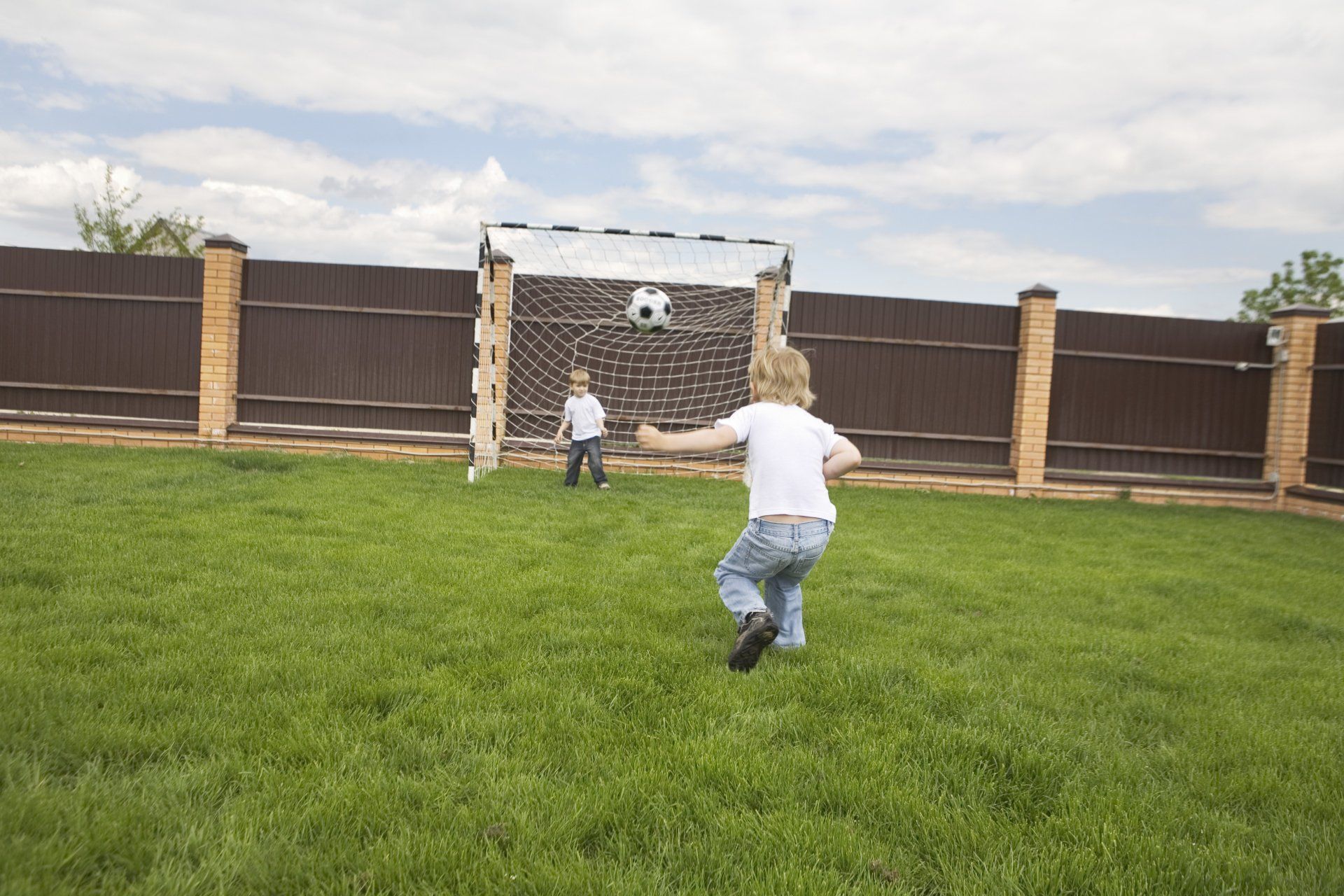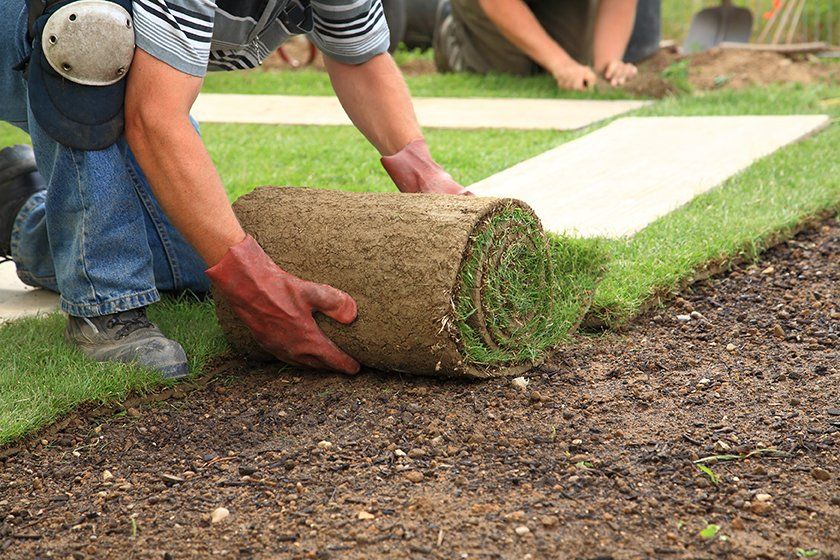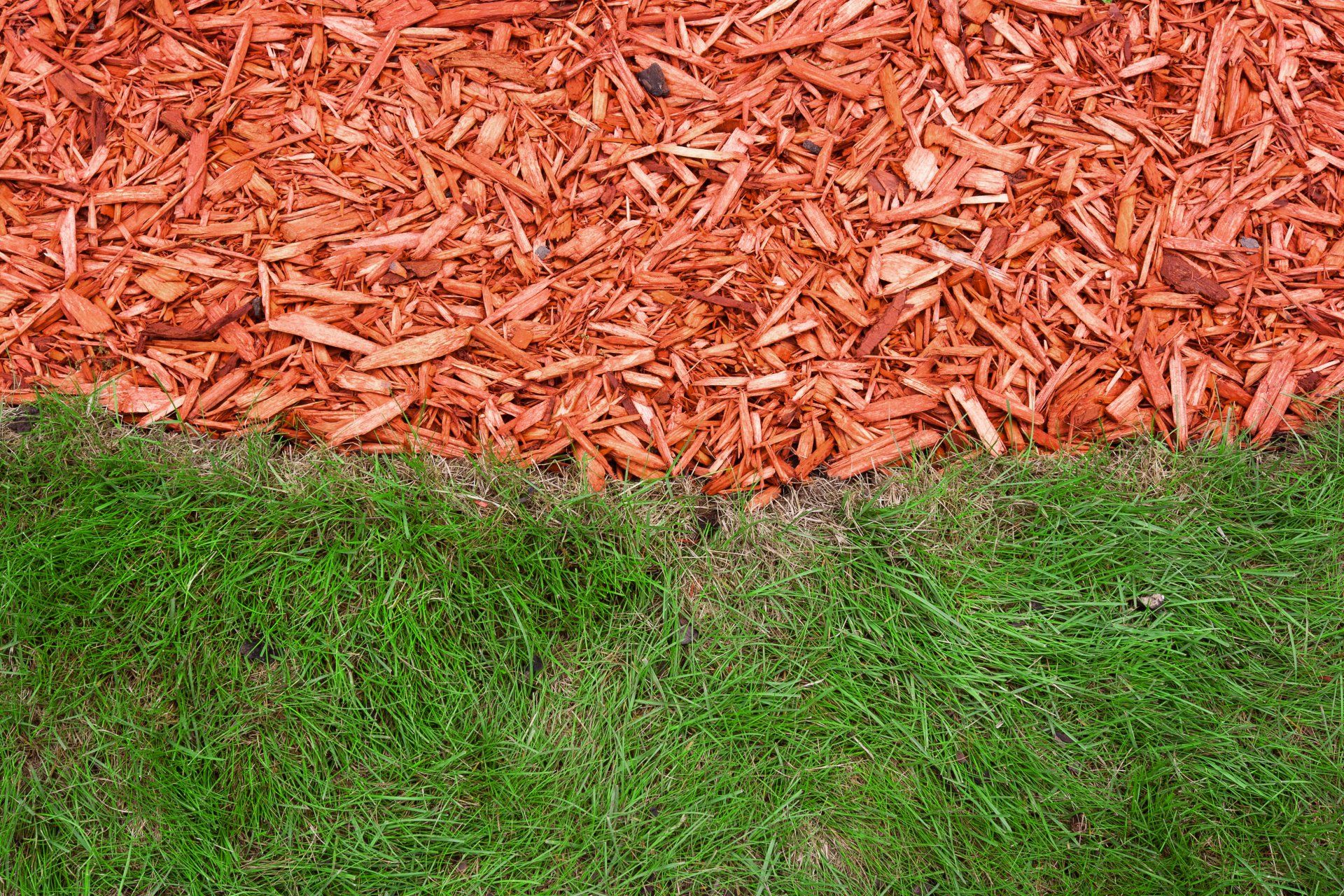3 Situations That Require Using Topsoil Under New Sod
- By websitebuilder
- •
- 04 Nov, 2020
- •
You have a lot of decisions to make before you lay a new lawn. For example, you have to choose the right kind of sod for your soil, location, and needs. However, getting the lawn you want isn't just about the turf you put down; you also need to think about the soil that sits under it and helps it grow.
If your soil is in a good state, then you can usually simply lay sod and let it bed in. However, if your underlying soil isn't in such good condition, then you might not see the results you expected. Your grass may not grow well or look lush.
It sometimes pays to integrate new topsoil into the ground before you lay sod. When is this a good idea?
1. You're Building a New Lawn
If you're building a new home, then you might need to build your yard from scratch. Even if your yard looks neat and tidy now, the soil may not be ready to help the grass grow.
Your soil may have been compacted and damaged by construction work. It may have lost some of its natural topsoil, and its nutrients, to erosion and digging. Or, you may simply have to deal with poor quality soil that contains too much sand or clay.
If you're building a yard from scratch, you probably want to add topsoil to the ground before you lay sod. You can create a healthy, well-drained, and nutrient-rich layer that helps your turf thrive.
2. Your Previous Turf Didn't Thrive
If your previous turf never quite turned into the lush lawn you hoped for, then you may have decided to start over with new sod. You hope that putting down new grass will work better this time.
This might work. If your previous grass wasn't suited to the conditions in your yard, then you can switch to a different variety. For example, if your yard gets a lot of sun, and your old turf needed more shade, then switching to grass that thrives in sunny conditions will make a difference.
However, a change of variety won't work in every situation. If your soil can't bond with your sod and deliver water and nutrients, then even a new turf might fail.
You can run quick quality checks to assess your soil. For example, healthy topsoil will be home to earthworms, beetles, and centipedes. If you don't find any signs of life when you dig down into the ground, then your soil isn't as healthy as it should be.
Healthy topsoil should also have a mixed consistency. If you hold some soil in your hand, you should see clumps of different sizes. These clumps should hold their shape when you prod them gently with your finger but should fall apart when you press harder. If your soil is all soft and grainy, is full of very hard clumps, or is totally solid, then it isn't in the best shape.
If you mix some fresh topsoil into the ground, then you should improve its overall health. The new soil will change the soil's consistency and improve its ability to deliver water and nutrients. You'll create a natural eco-system for living things that then help keep the soil healthy in the future.
3. Your Ground Isn't Level
Sod thrives on level ground. If your soil is bumpy and uneven, then the sod will find it harder to bed in, and your lawn may look patchy.
You can use topsoil to level out dips, bumps, and eroded areas. You can also use it to landscape your yard if you want to change the way your lawn flows.
Topsoil comes in different grades and mixes. You need to choose the right product for your soil type and sod. For more advice, contact Turf Masters Sod Farm. We can supply the topsoil and sod you need to create the perfect lawn.



